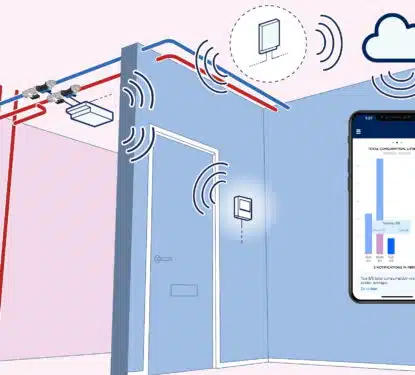Building Information Modelling (BIM) has established itself as a key software in the fields of building design, construction, and more recently operation. Each new iteration of BIM software introduces features that open up new opportunities for buildings and compel the building industry to imagine what might be possible in the years to come. BIM is now laying the foundation for a digital revolution across the full lifecycle of the building. Since the early 60s, when primitive computers began emerging, we have strived for digital design applications for buildings. Each decade new software replaced the old, each driving the technology forward as more and more architects started using digital design software of some kind. These early systems brought drawings into a 3D world that was far more measurable and editable than miniature models. The founding of the Center for Integrated Facility Engineering (CIFE) at Stanford in 1988 by Paul Teicholz in 1988 marked a turning point for BIM. Teicholz […]
Most Popular Articles

MRI Software: Exploring the 2025 IPO & Sale Options
This Research Note examines a report from Reuters that MRI Software is to be listed in an IPO or sold. We explore the development of the business over the last 10 years, since it was acquired by private equity owners, highlight their software acquisitions for commercial real estate applications addressing integrated workplace management, tenant experience […]

Podcast 40: Stiles Property Management Found $400K+ in Hidden Savings
Most property managers know their buildings are hemorrhaging money through inefficient systems. The problem? They have no idea where to start looking. Devon Newton, VP of Property Management at Stiles, faced this exact challenge with 110 East, a new Class A development in Charlotte’s Southpark district. Despite managing 116 properties across the Southeast, she found […]

Smartvatten Strengthens European Position with 2025 LeakLook Acquisition
This Research Note examines Smartvatten, a Finnish specialist in water efficiency technology and expertise in Northern Europe. It updates our previous article in March 2024, covering Smartvatten’s solutions, key developments in 2024, sustainability partnerships and the September 2025 acquisition of LeakLook, a Finnish specialist in IoT-driven water monitoring for real estate. Smartvatten Profile Established in […]
